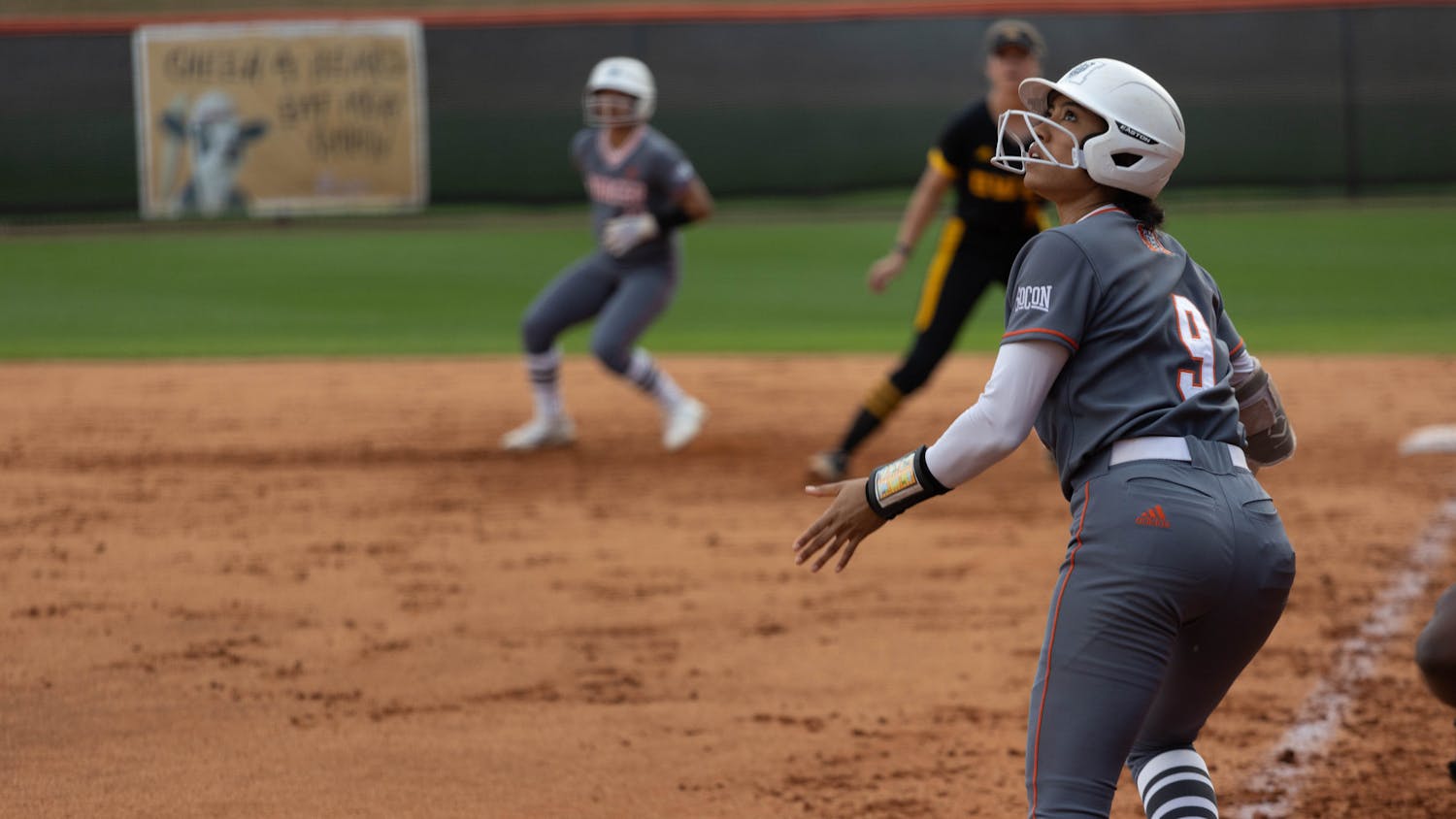
I find sports to be an interesting subject not only because I love to play and watch them, but when it comes down to it, almost any question about sports or any situation that occurs during a game can be explained using some very simple statistics or economic reasoning.
Of course, some people don’t necessarily like dissecting a sports topic. They would rather just play the game or watch it on television. If you fall in that category, I’ll encourage you to skip this article- you probably won’t appreciate it. However, if you don’t mind letting your brain do a little thinking, keep on reading. You just might enjoy it. Almost everyone knows an athlete or at least knows somebody who was friends with a big time athlete before they tried to play professionally. In fact, everyone at Mercer knows a few people who have played professionally, whether it was E.J. Kushner who decided to try pro basketball, Billy Burns who recently got drafted to play in a MLB farm system, or any of the other number of athletes that Mercer has had drafted or signed to play in professional leagues. However, I don’t necessarily want to talk about them being drafted or signed. Instead, I want to spend a little bit of time talking about why they decided to become a professional.
First, I’d like to start off with two very well-known and popular examples. In 2003, LeBron James entered the NBA draft out of high school, forgoing a college career, and was taken as the overall number one pick. He signed a three-year contract worth $13 million and the Cleveland Cavaliers had the option of picking up a fourth year for $5.8 million. Compare this to Andrew Luck who, after leading the Stanford Cardinals to a 12-1 record including an Orange Bowl victory, was practically guaranteed to be the number one pick in the NFL draft. However, despite Luck’s head coach leaving for the NFL, Luck decided to forgo the NFL draft. Because Luck has yet to be drafted, it is hard to evaluate how much he will receive, but we can say that Luck will get a similar deal to that of this year’s number one pick, Cam Newton. So, for the sake of this article, I will assume Luck would have received a four-year deal worth $22 million. So, why did LeBron decide to go pro for a deal worth approximately $19 million dollars, and why did Luck not go pro for a deal worth $22 million dollars?
To answer this question, one must first understand the principle of opportunity cost. Opportunity cost can be defined as the highest valued alternative forgone when making a decision. Essentially, when making a decision, one is often faced with two main choices: A or B. If you choose A, then B is the opportunity cost. When LeBron chose to go pro, his opportunity cost was a college degree that he would have to spend four years to earn. When Luck decided not to go pro and finish his degree, his opportunity cost was a $22 million dollar contract. Therefore, it can be assumed that Luck clearly values finishing his degree, playing with his teammates for another year, and enjoying being a senior as more than 22 million dollars. Contrarily, LeBron decided that not going pro to spend four years pursuing a college degree was worth less than 19 million dollars. So, the reason one decided to go pro and the other decided to stay in college can be simplified to individuals weighing their opportunity costs. One decided the cost of going to college was too high, so he decided to go pro. The other decided that the cost of forgoing his senior year would be too high, and he stayed.
The next time you decide to make a decision, or you see an athlete make a decision that baffles you, consider the opportunity costs that you or he/she face when making the decision.




